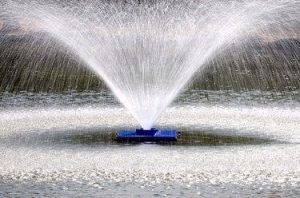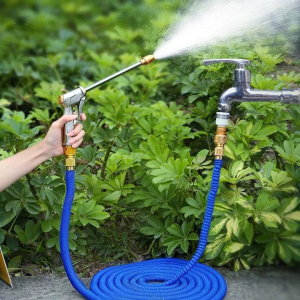Table of Contents

Plus, it will take a lot of time to just wash your face or brush your teeth. Similarly, excessive pressure results in wastage of water and bursting and leakage of pipes and taps. A pressure gauge allows you to control the flow of water depending on your needs & preferences.
But in rare situations, when you find yourself without a pressure gauge, what do you do? Don’t worry, there are some easy methods that will help you resolve this issue at hand.
Here’s one of the ways to check you water pressure without a gauge:
How To Check Water Pressure Without A Gauge
Following are some easy ways to check water pressure without the benefit of a pressure gauge;
How to check low pressure?
For testing out the low pressure in water, you need to have three items on your list; first, get a deep jug, it should be approximately a litre or if you can get a larger one that is even better. Second, get a notebook for noting down your calculations, a calculator and lastly, a timer, it can be a stopwatch or your very own phone’s timer.
All you have to do is to place the 1 litre jug under the tap or shower giving you the low pressure problem. Turn the tap on full and see how long it takes to fill the entire jug. If it doesn’t fill up in the given time of six seconds, this means your water pressure is really low.
A good water pressure is between ten to fifteen litres in 60 seconds, so if you are having problems getting the right flow, you need to first check the problem then act accordingly.
Checking high water pressure
Similarly, get a large bucket of about 4 litres and put it under the faucet, tap or shower head which you feel has a high water flow.
Now turn the water on and note down the time it takes to fill the bucket in a minute. Typically, the ideal flow is around 18-22 litres (5-6 gallons) per minute, anything lower than that makes it low while anything higher, say, 30 litres per minute makes it a high pressure water flow.
Get a measuring cup
Place the measuring cup (which is about four quarters or 1 litre ) under the tap or faucet and let the water flow, check the pressure of water in around 10 seconds. After doing so, you are going to multiply the marking on the cup by six (6 in gallons, 22 in litres) and you will get the ideal result which should be 6 gallon or 22 litres.
Garden pipe
This is a classic method to check water flow which utilises gravity as the main indicator of water pressure. You need to turn the valve and climb up at a height, it could be a ladder, your rooftop or a treehouse, anywhere above the ground.
Let the water flow from the very end of the pipe and as the pipe begins to hoist up from the ground, the water flow will automatically shut off.
Now note down the measurement (in foot) at what height the pipe stood, you can somebody’s help for that particular step so its essential to note that you don’t do this alone as you don’t want to mess up precise calculations.
When you have your calculations ready on a foot scale, multiply that by 2.31 and you will get the ideal water pressure in PSI (pounds per square inch).
FAQS
What is the most important step when checking the water pressure?
The most crucial step before testing water pressure is to turn off all other water supplies of the house and focus on one faucet, tap or shower head you are trying to test. Also make sure it’s the closest to where your water is supplied from.
What is the possible cause of low water pressure?
Usually, the rusted pipelines break easily and become leaky and cause the water to leak even before it reaches your water supply. In addition, the rust may cause the pipe to be constricted, hence, the low water pressure.
What can I possibly do to achieve an optimum water pressure level?
As mentioned above, check your pipelines for any rust or leakages. Second, check your faucets, taps and shower for any rust or limescale that is blocking out the water. If so, replace them immediately. Also make sure that you are using water within the allocated criteria as provided by your municipality. If not, then you might face water pressure related problems frequently.
Final Thoughts
There you go, it isn’t that hard right? Now you know how to check water pressure without a pressure gauge. The steps mentioned here are quite simple and doable for any layman or beginner.
What is important is that you measure the pressure precisely, if you are still unsure to do it yourself, you can call a professional for help to achieve more accurate results.


